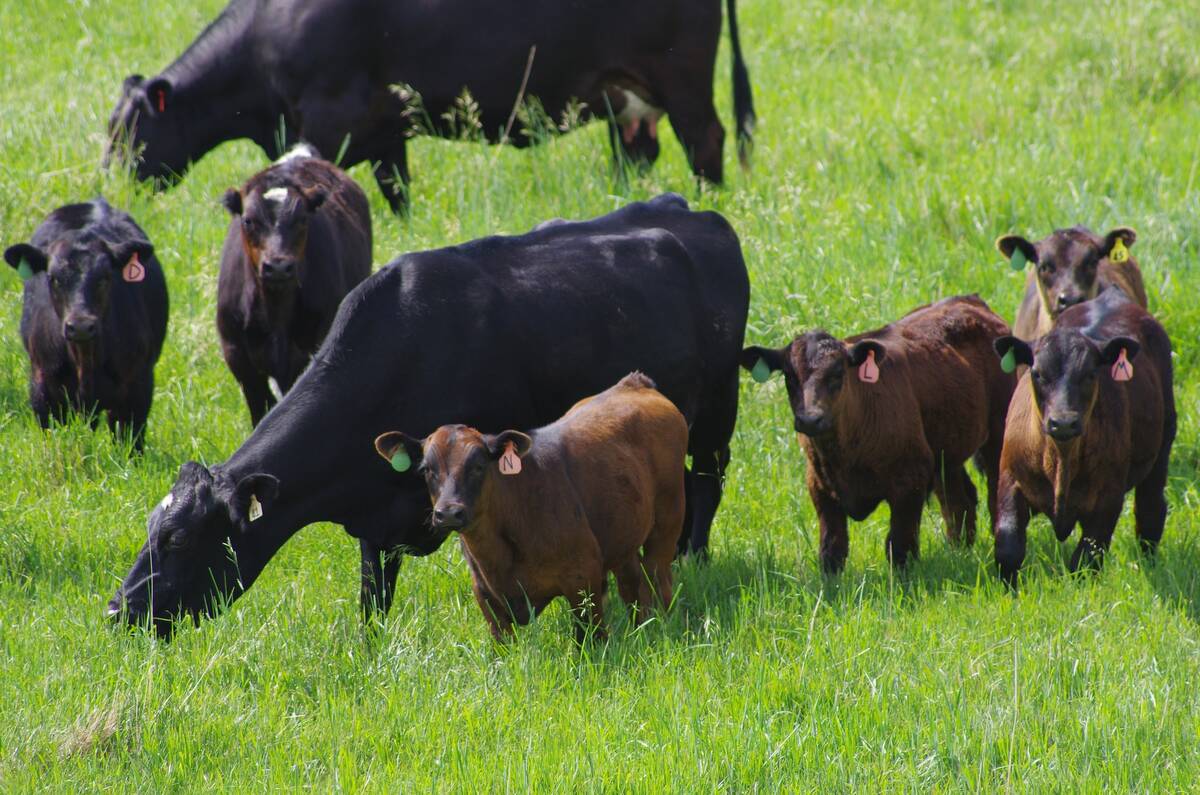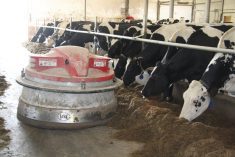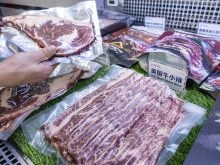CALGARY – An auction is normally thought of as a place to buy anything from a priceless work of art to a prize winning beef cow.
Now it’s possible to buy feed grains.
Every second Friday, producers tuning their satellite dishes in to regular televised livestock auctions can also bid on consignments of feed grains drawn from Sask-atchewan and Alberta.
Sold by the bushel, the first grain auction was held Oct. 27.
Cattle already sold
Blair Vold of Jones and Vold Auction at Ponoka, Alta., have been selling cattle via satellite for two years through the Canadian Satellite Livestock Auction.
Read Also

Manitoba extends Crown land rent freeze
Manitoba government links the continued rental rate freeze on grazing and forage leases to economic and environmental challenges facing the industry
Auctioning grain seemed like a natural extension of the satellite service. The first grain sale moved 80,000 bushels. Besides barley, they also offered some rye and oats.
“If it warrants it and we’re capable, we’ll have a weekly grain auction,” said Vold. The next sale is scheduled Nov. 24.
“Cattle feeders like it. It gives them access to a big grain market,” said Vold.
Big feedlot operators across Canada are always looking for high test weight barley at 48 pounds or better.
Satellite sales can connect them with a wider choice of quality grain they may not have known about in the past.
By watching their television screen prospective buyers see the conversion weights of bushels to tonnes, vital statistics on the grain and a map of where the barley originates. Freight rates are also listed.
To choose which grain to put on the auction, representatives from auction marts participating in the satellite system visit the farms to check quality. They measure test weights and moisture contents, which are included in the sales description.
Minimum consignments are 6,000 bushels.
The concept got under way when the Ponoka auction mart was approached by some grain producers after the Crow transportation subsidy on export-bound grain ended this summer.
“They were looking for options and a method to sell their grain. They want the freedom to sell their grain to who they want, and where,” said Vold.
The auction service takes a 10 to 15 cent-a-bushel commission depending on the volume consigned. To ensure farmers are paid promptly, financial transactions are handled through local auction marts involved in the satellite program.
The bids at the last sale were slightly higher than average barley prices so no one complained about paying the commission, said Vold.
Some inquiries have also come from Americans who tune in to the regular sale broadcasts. Although they may have been interested, they are unable to buy because barley can only be exported through the Canadian Wheat Board.















